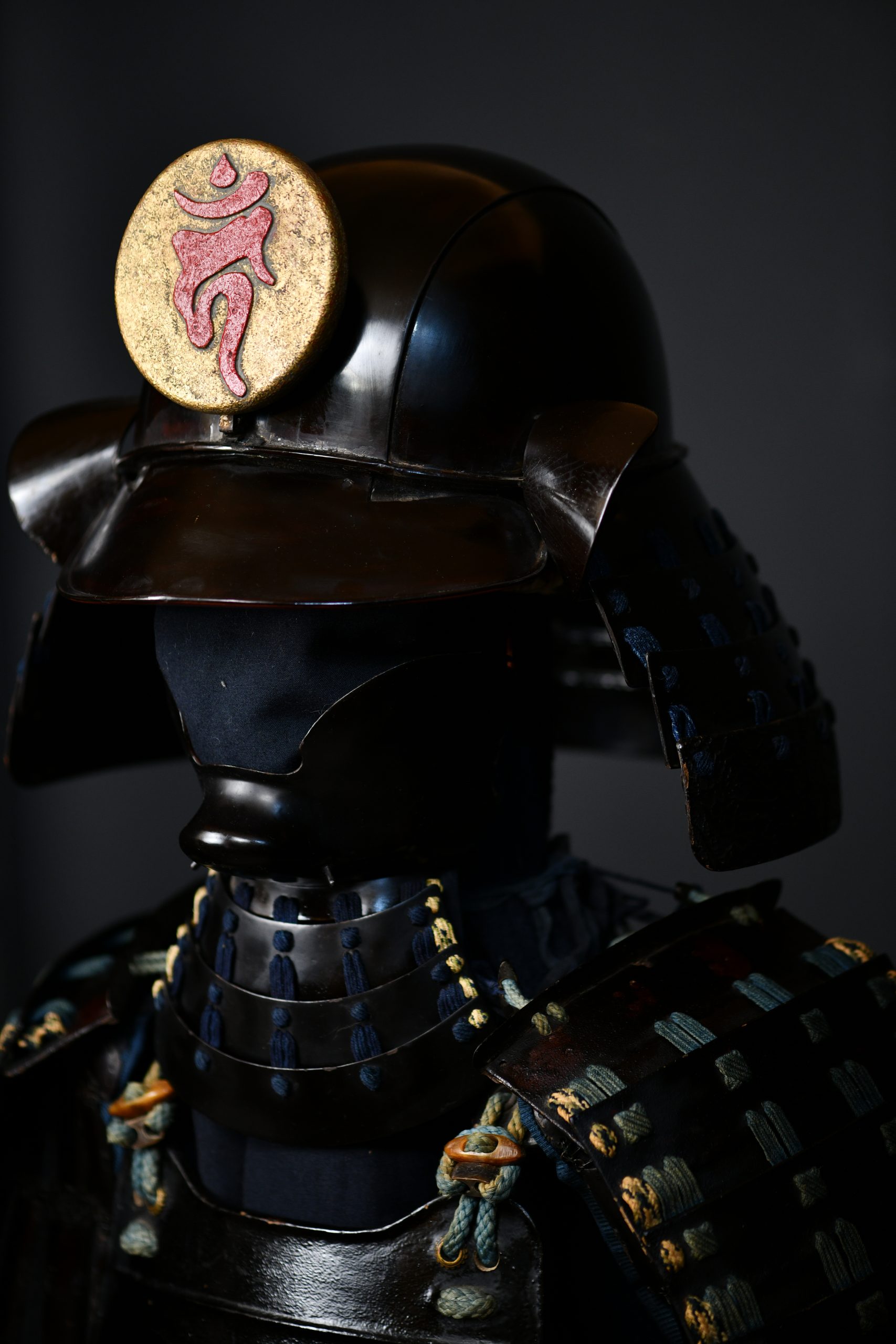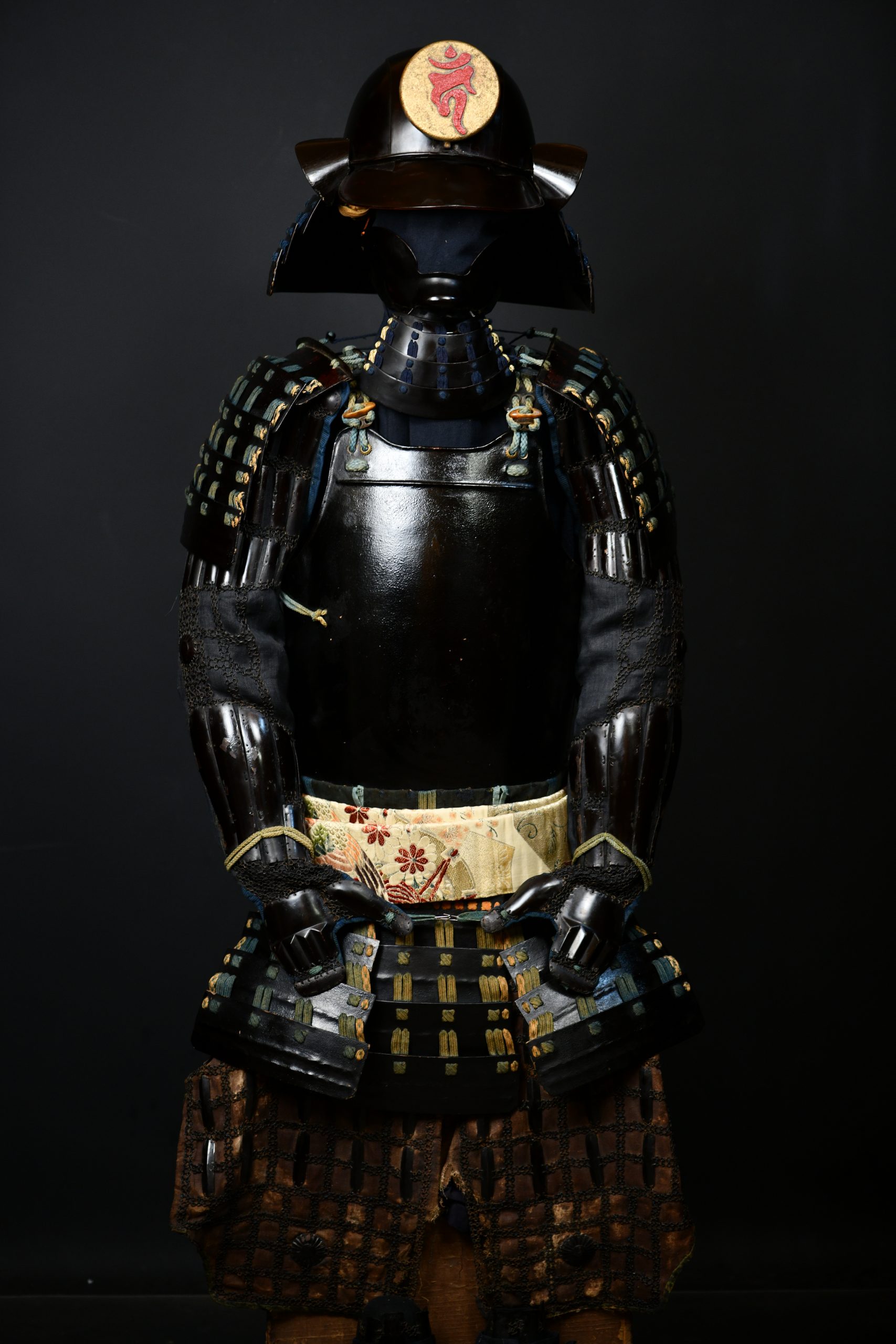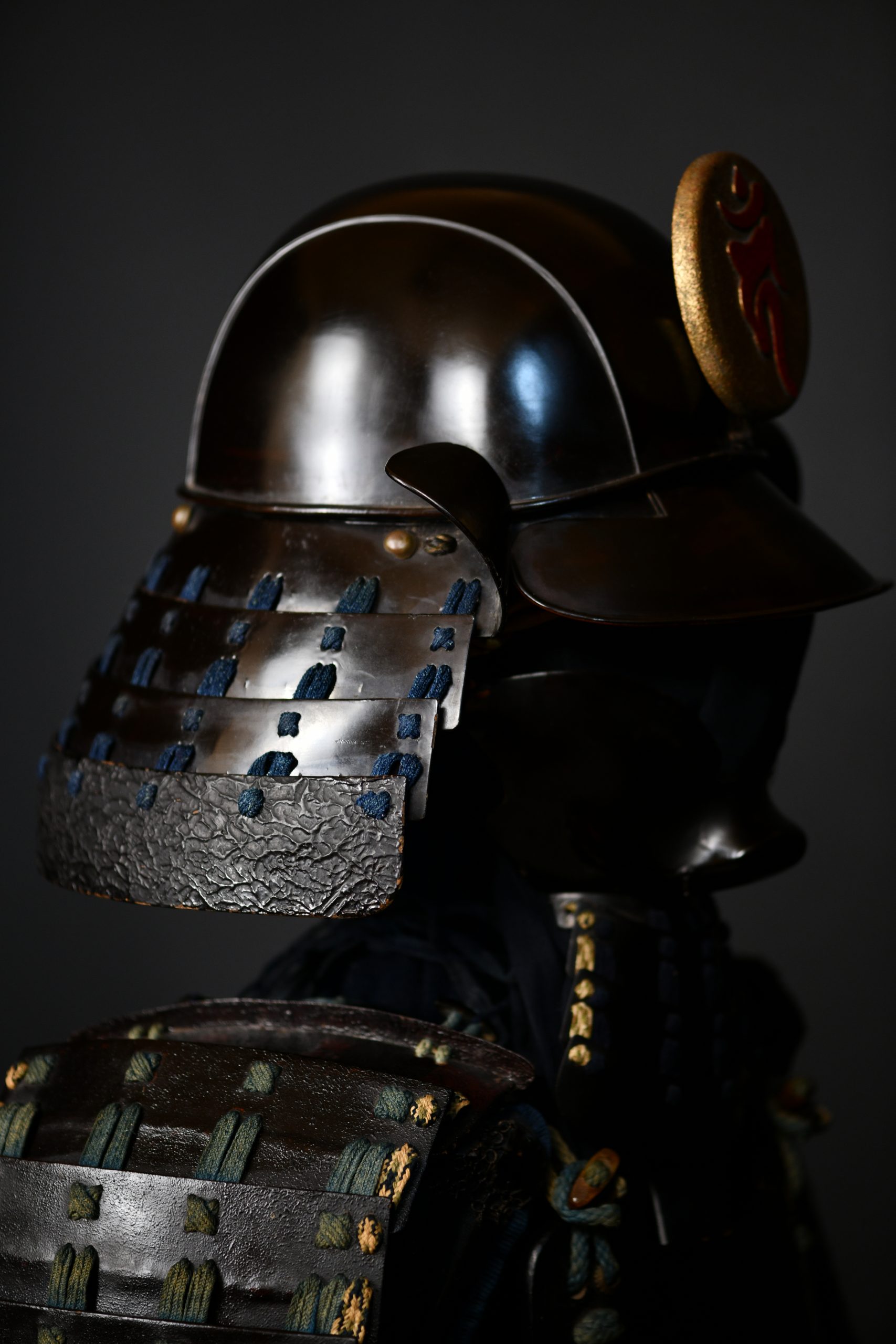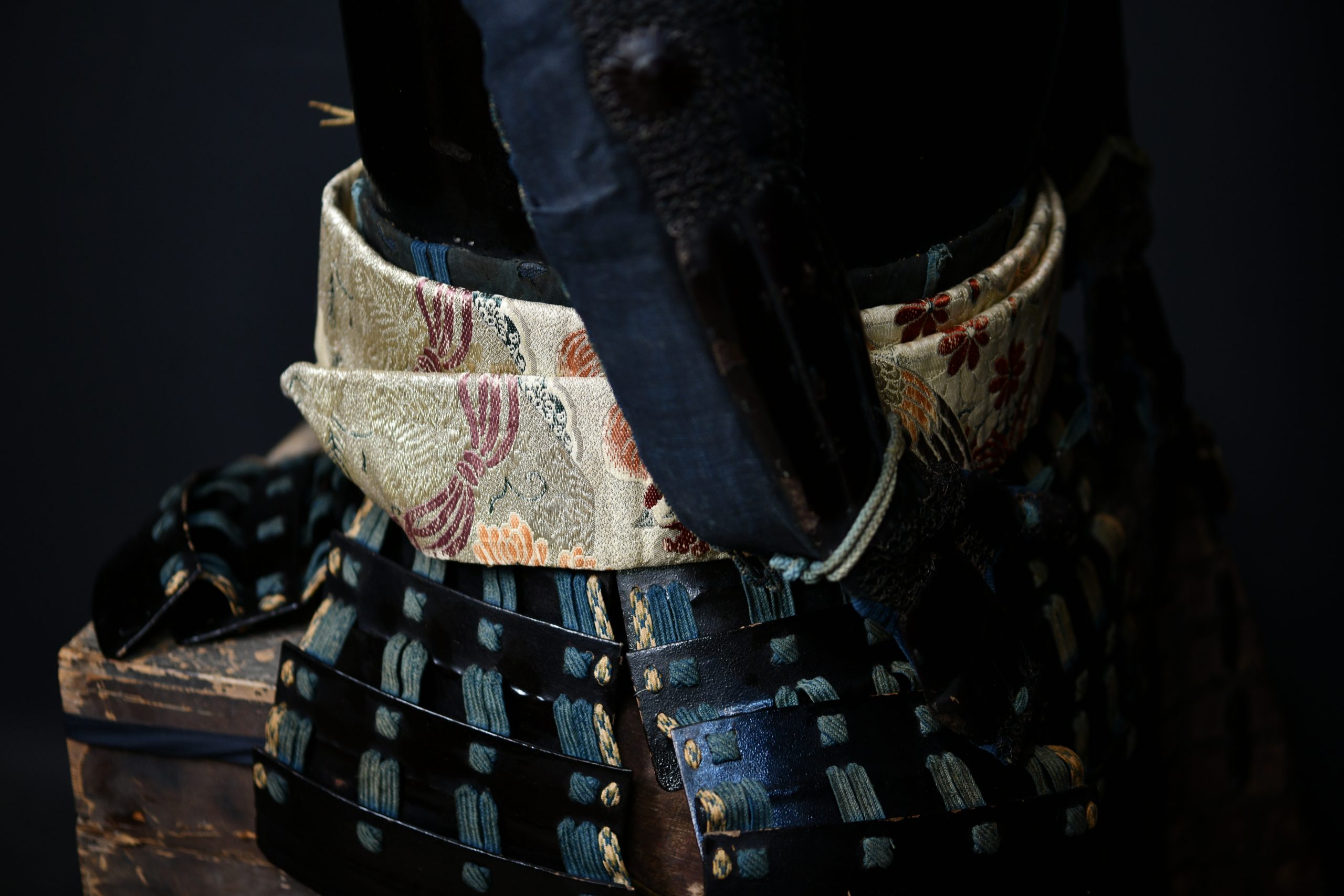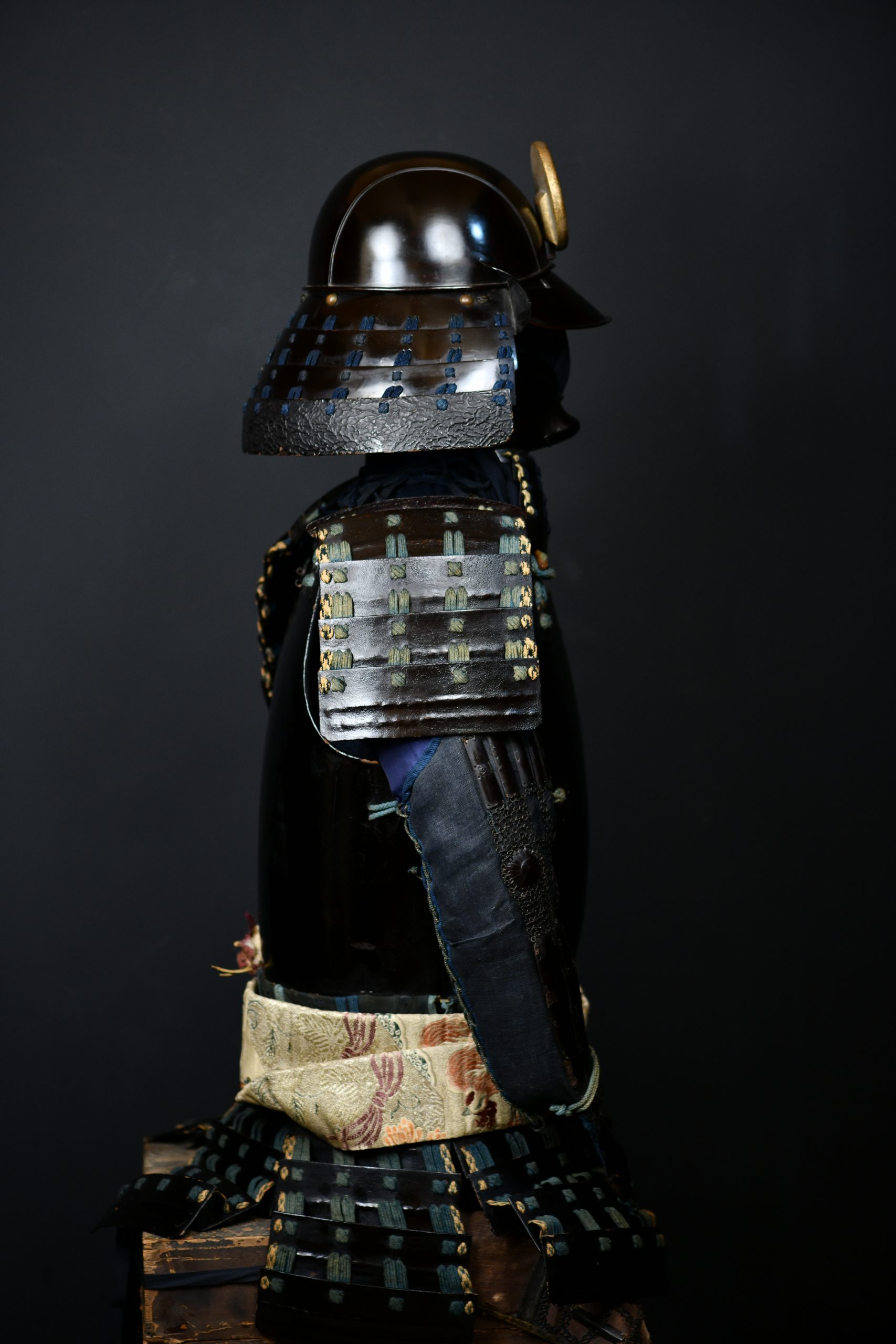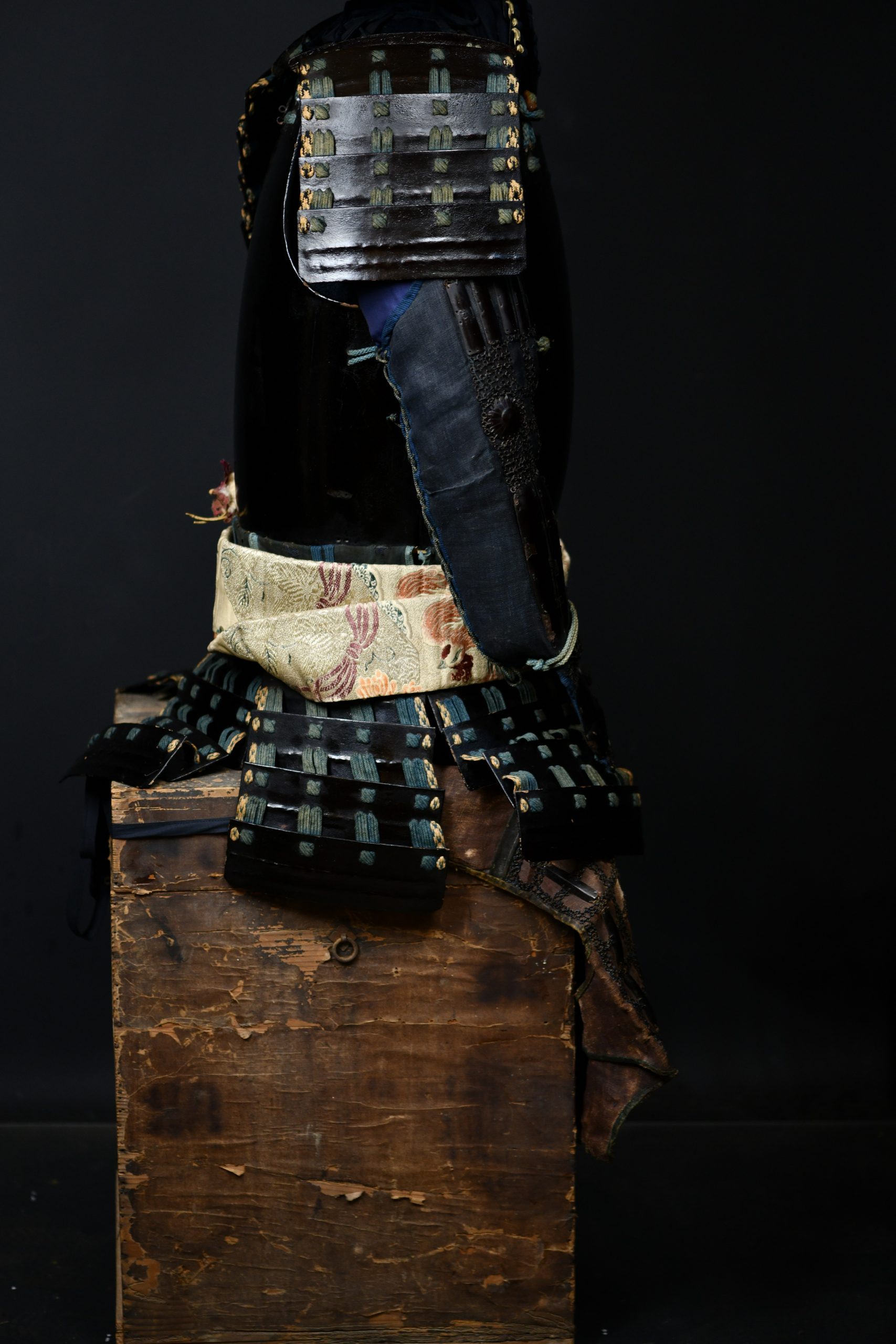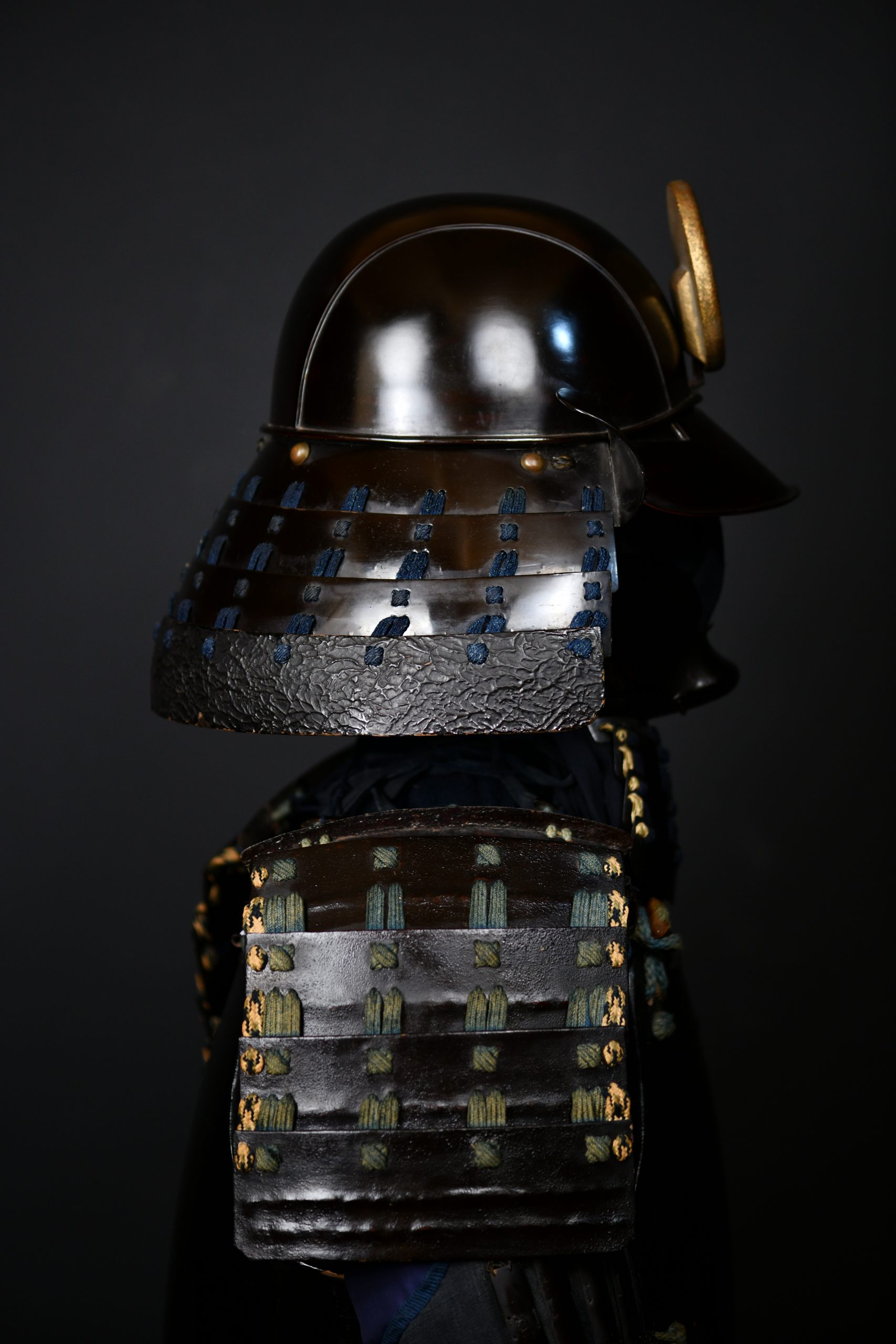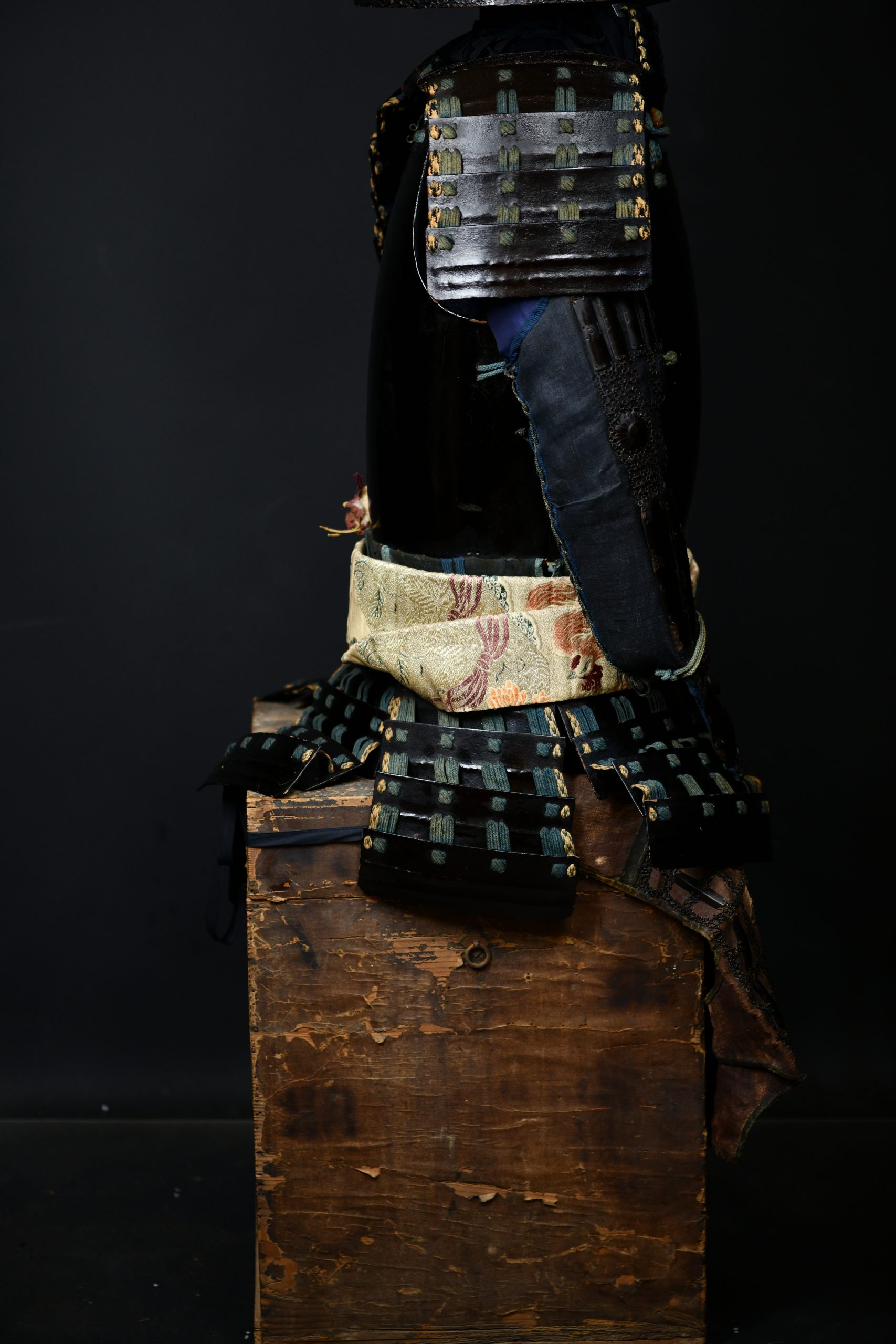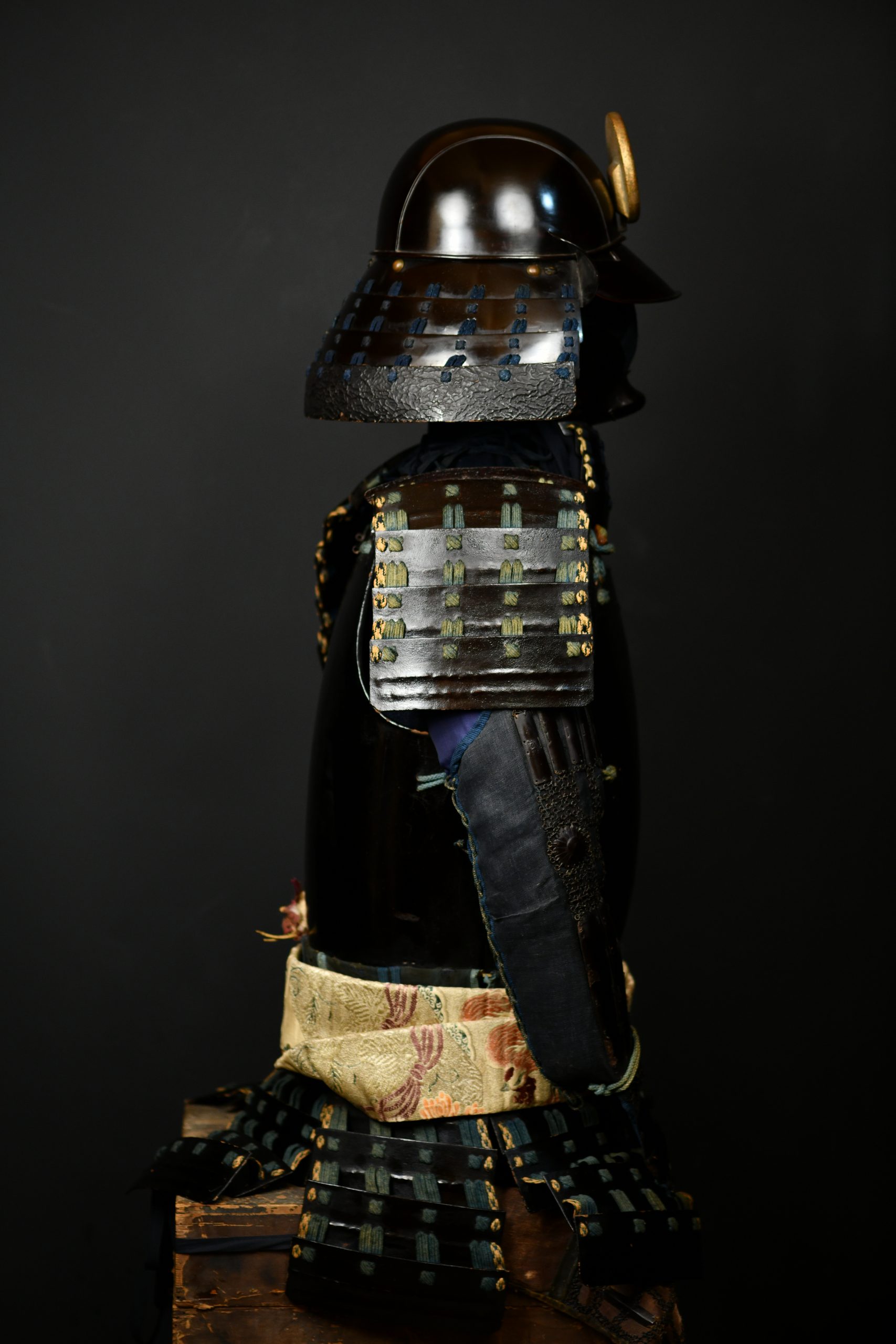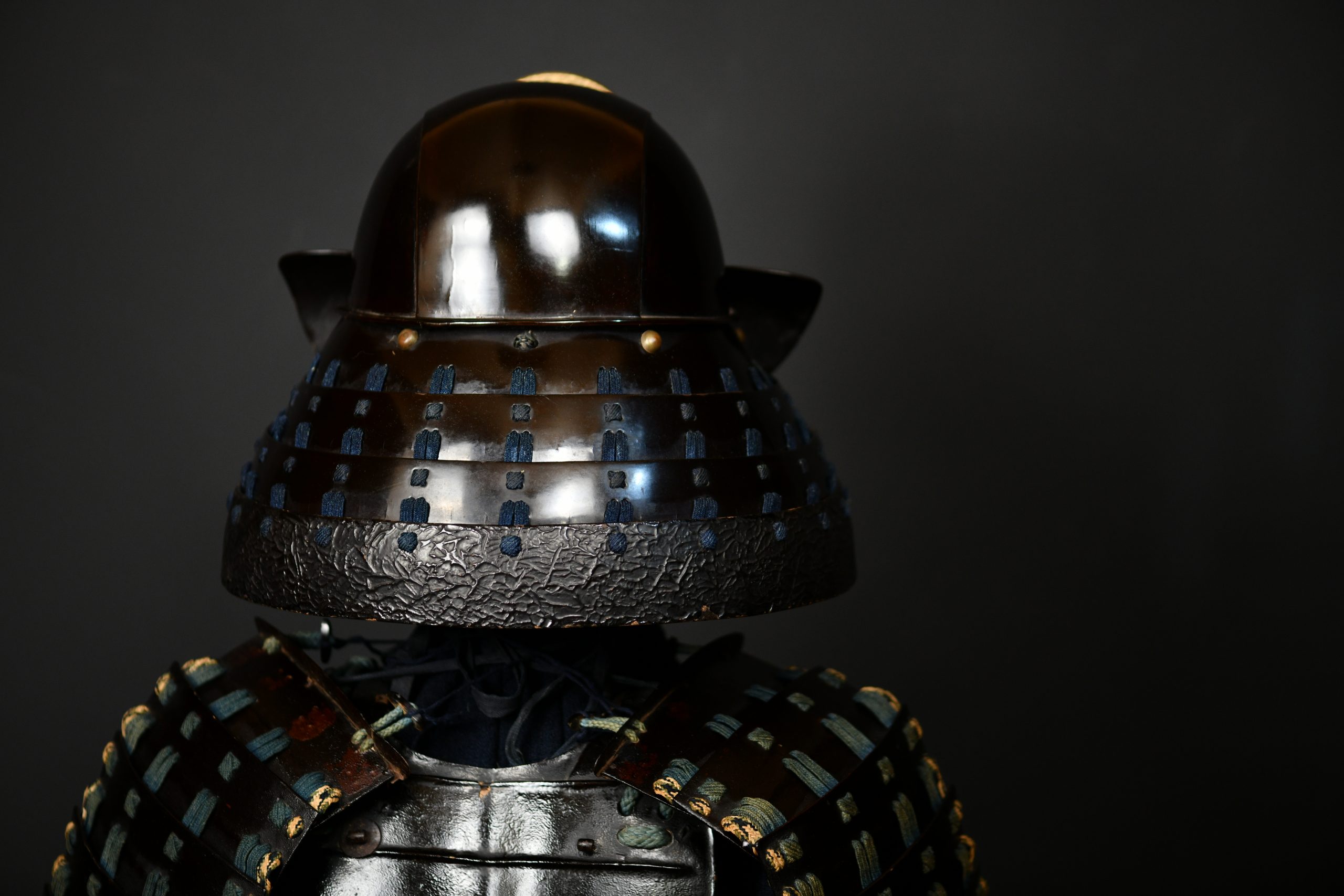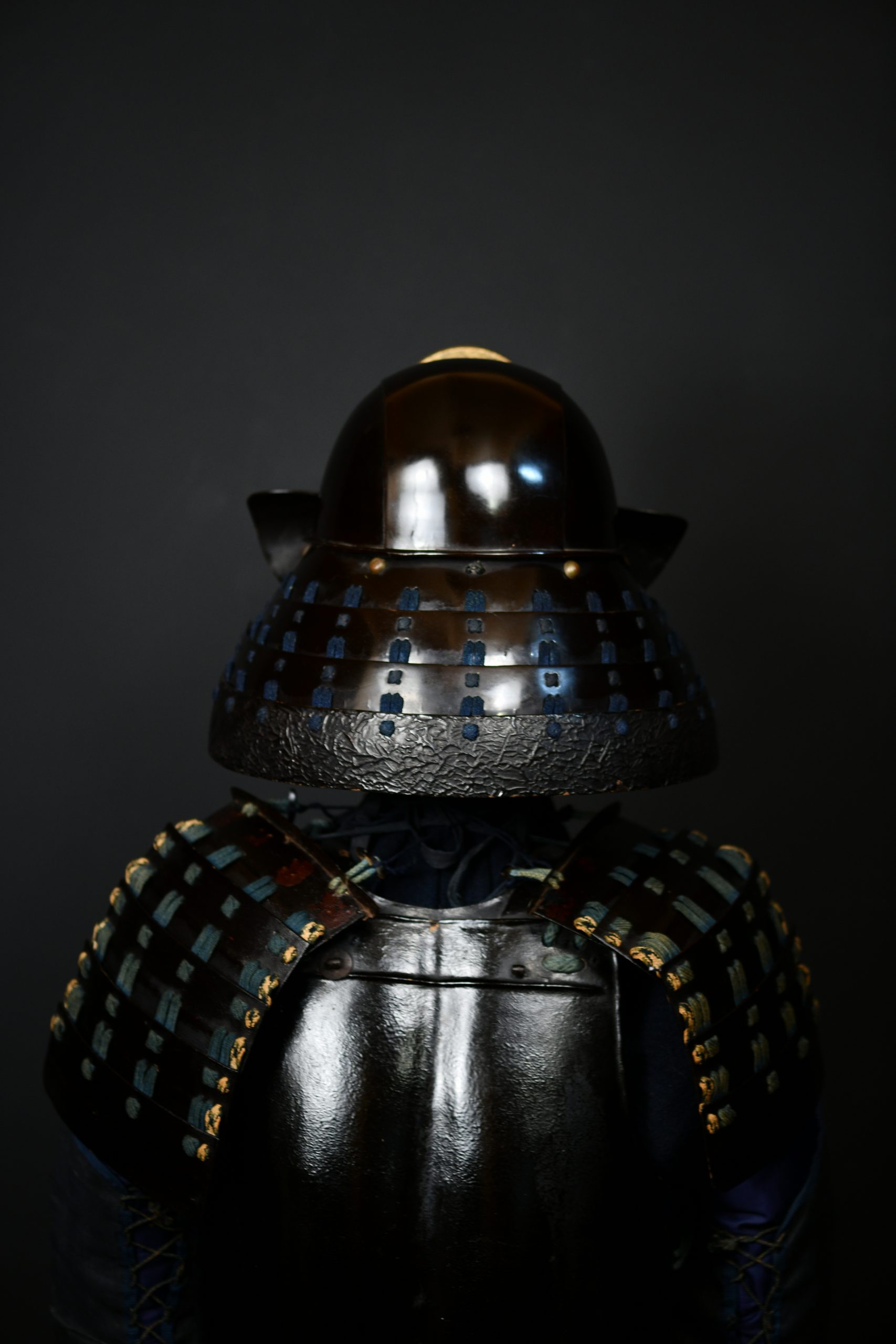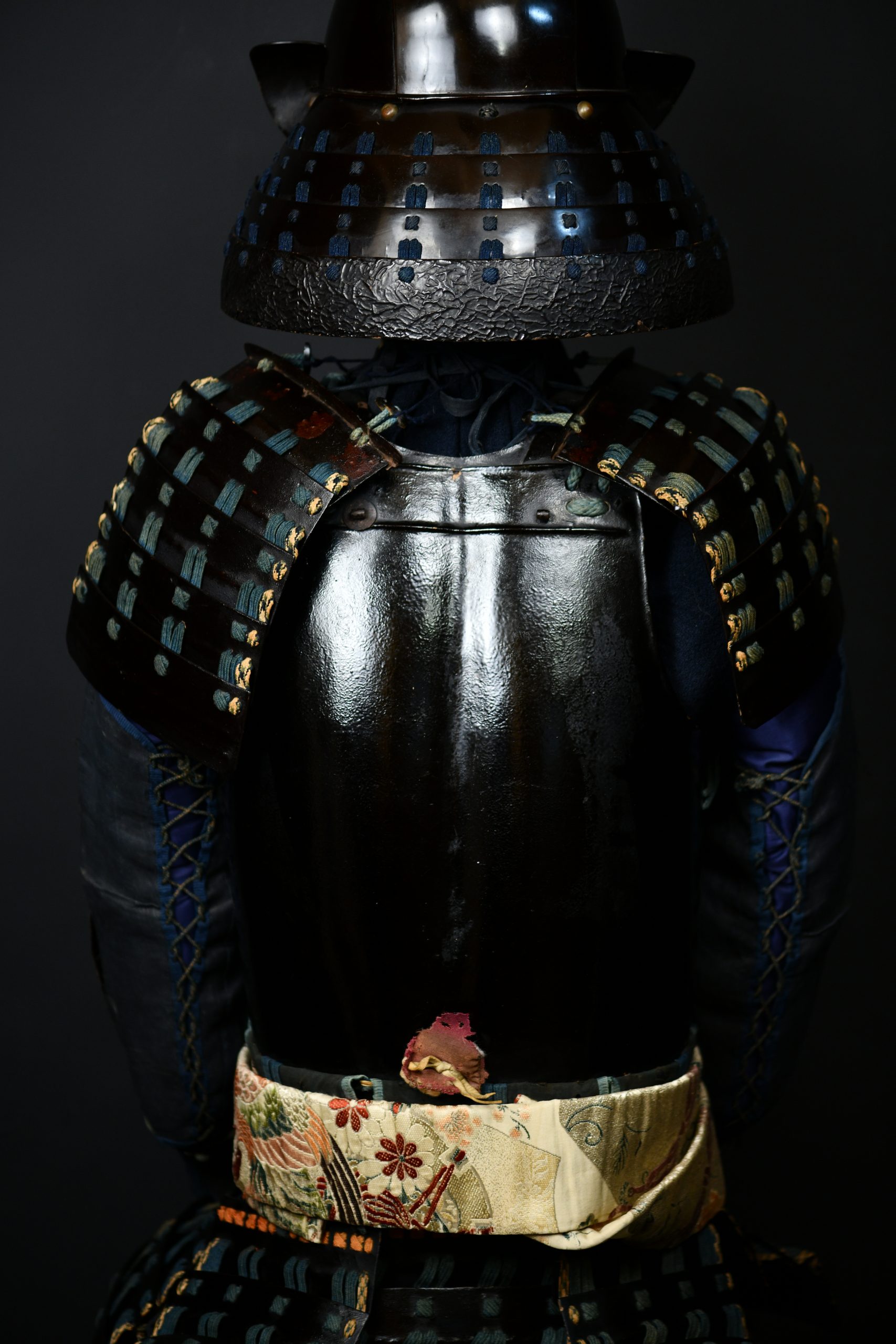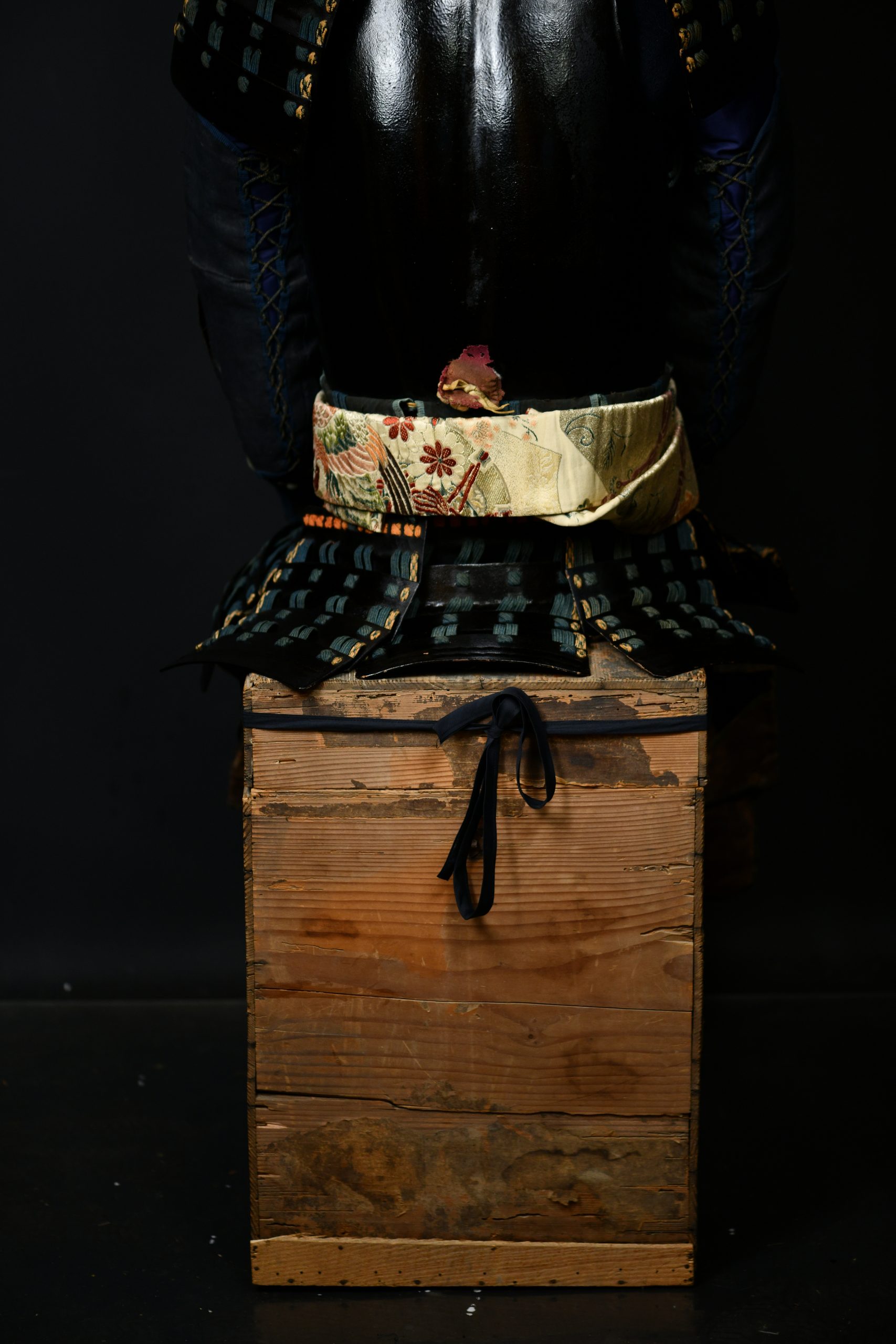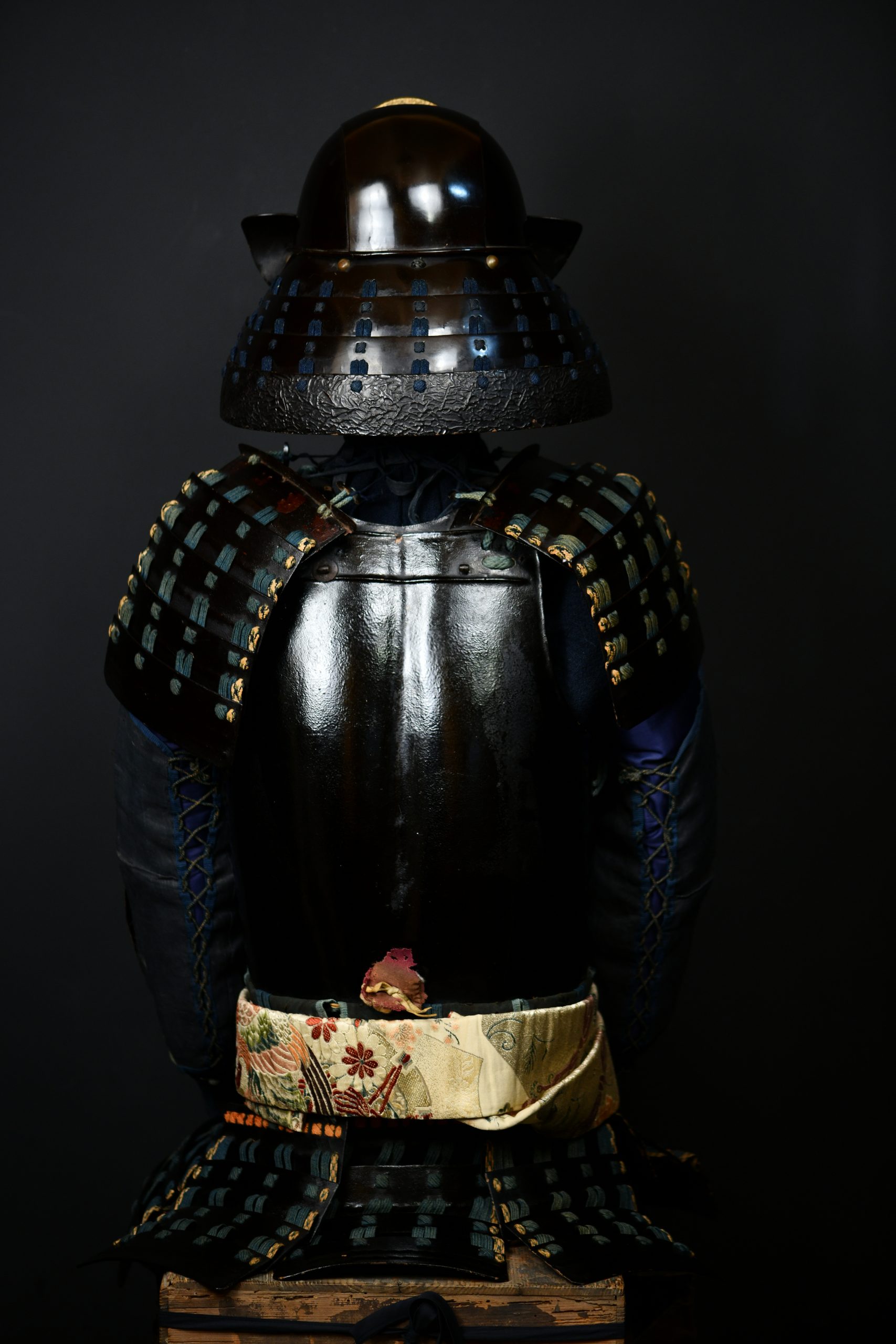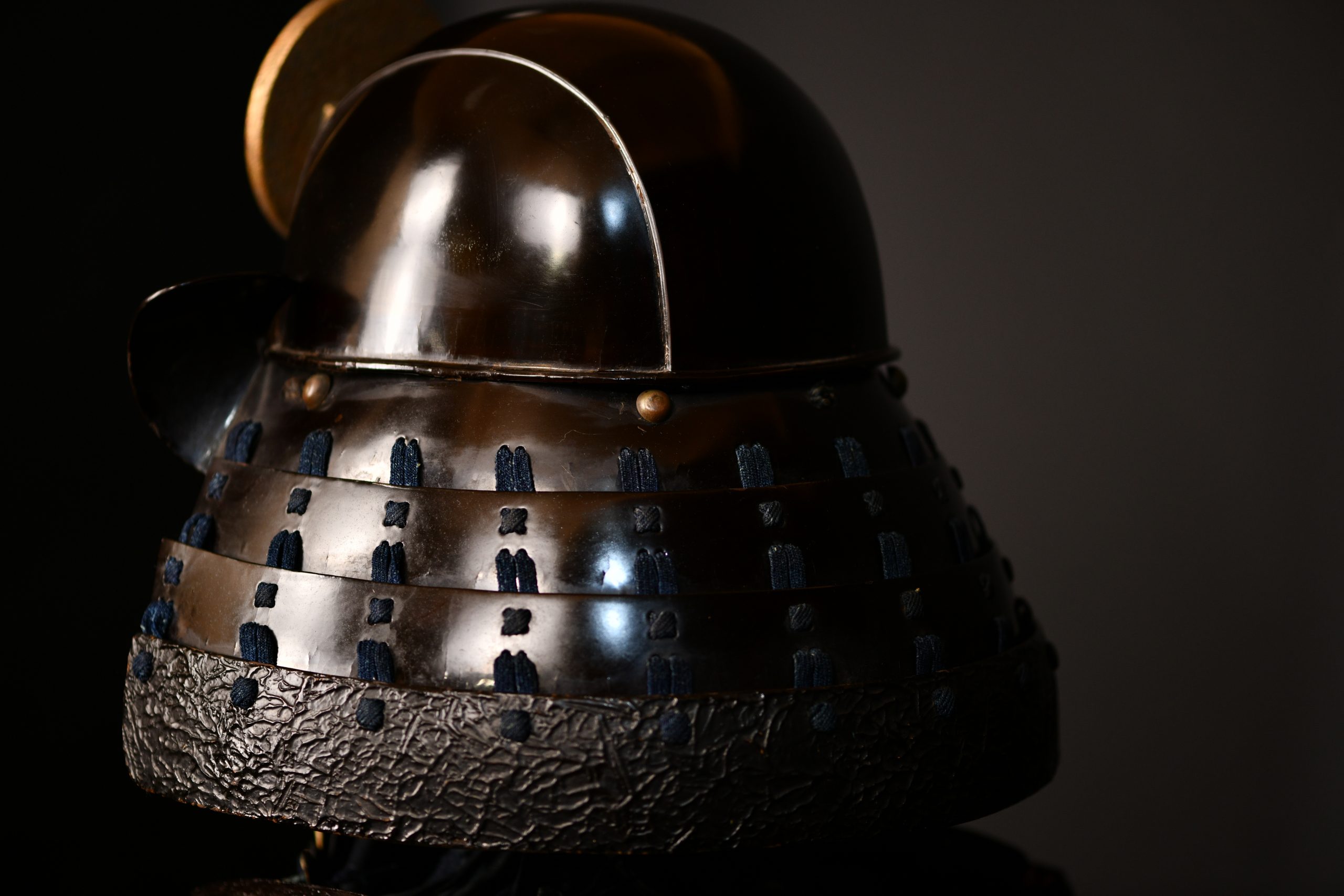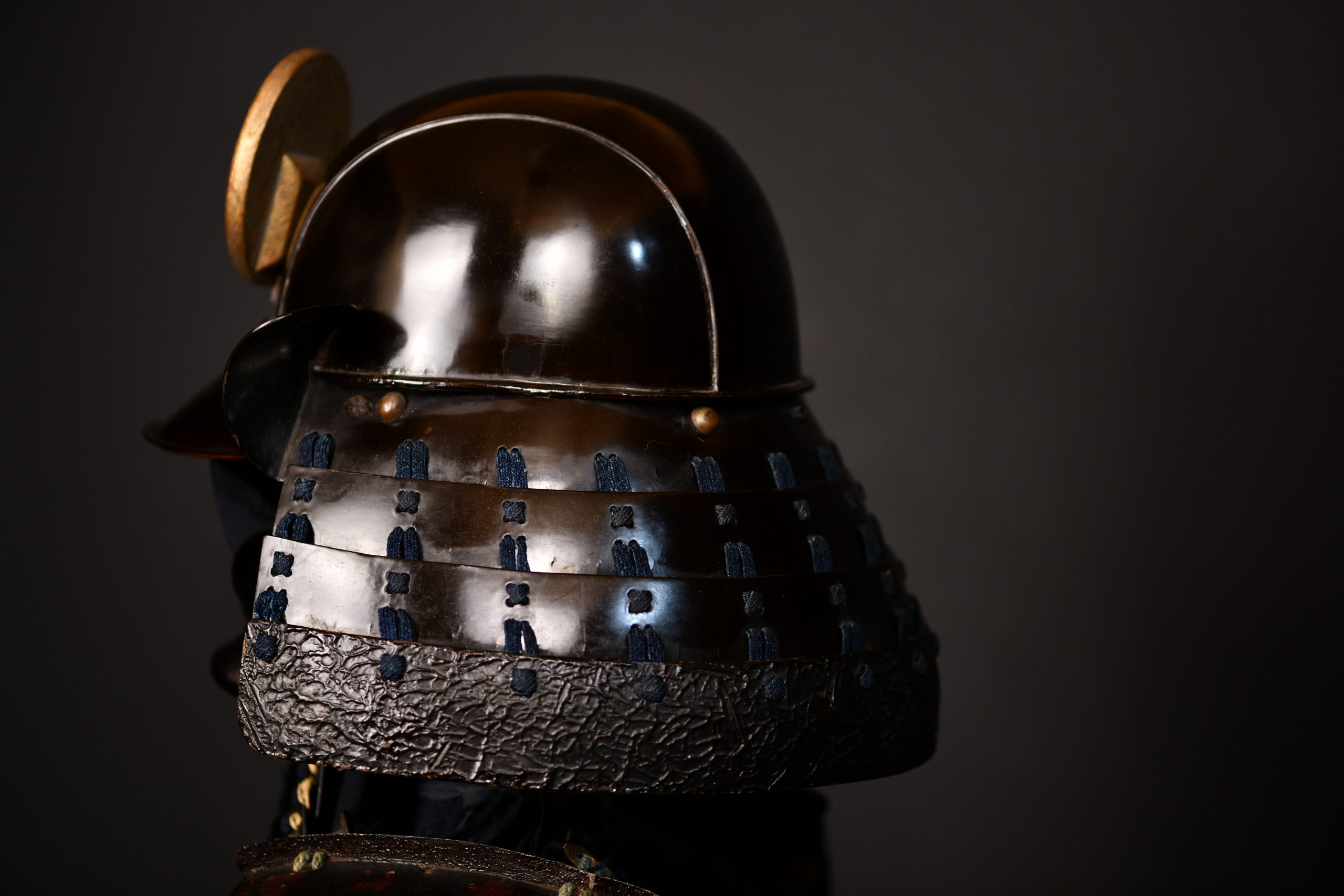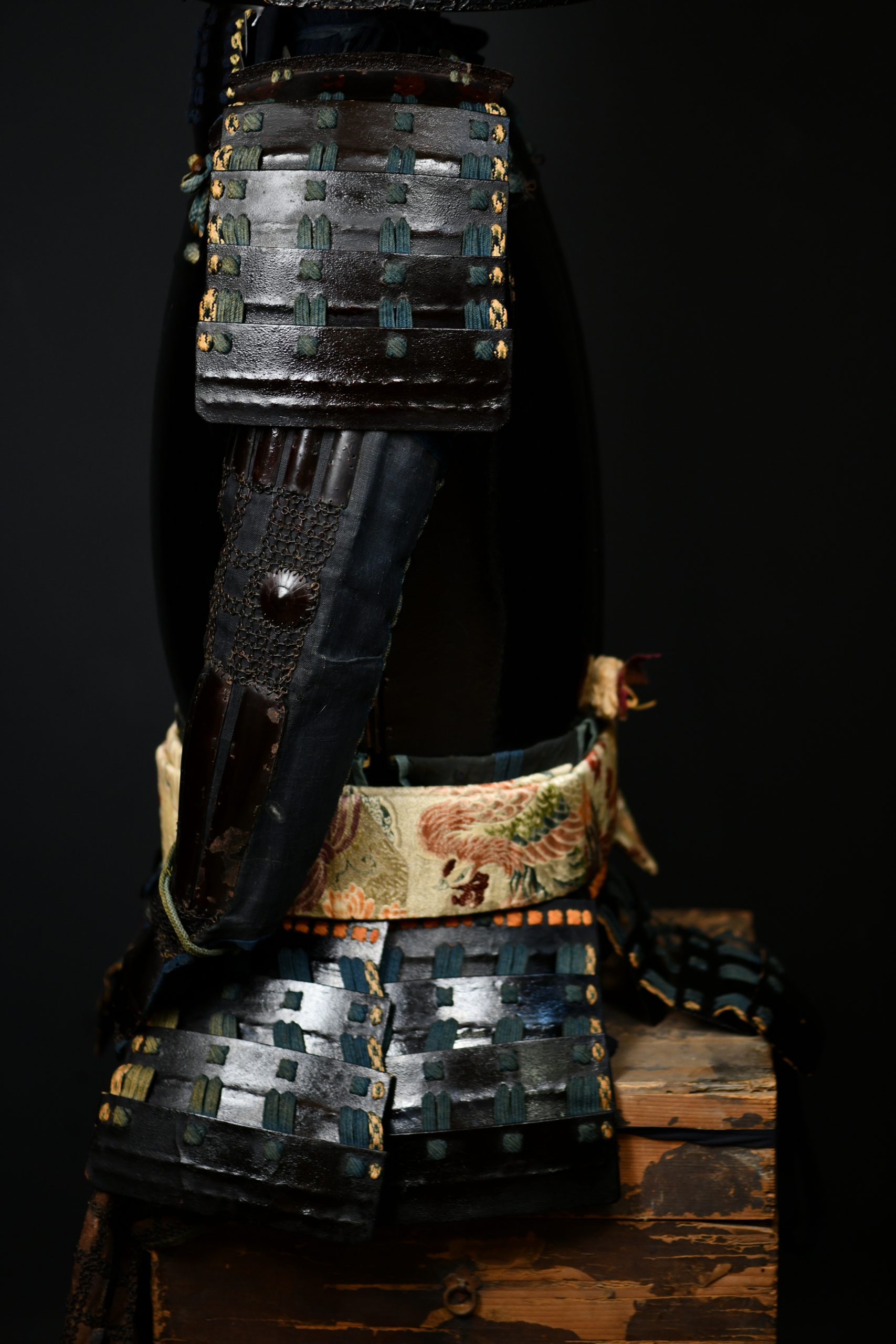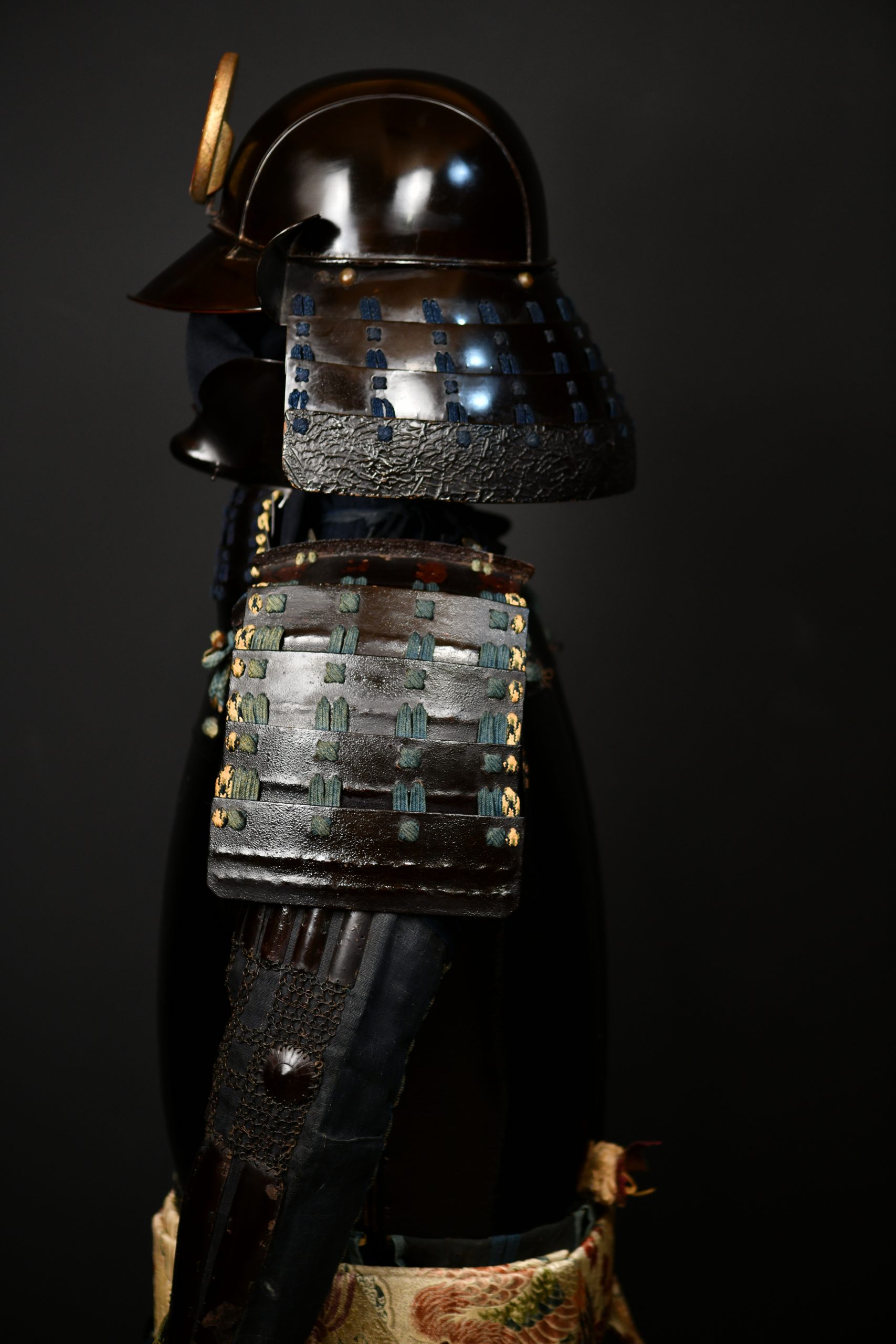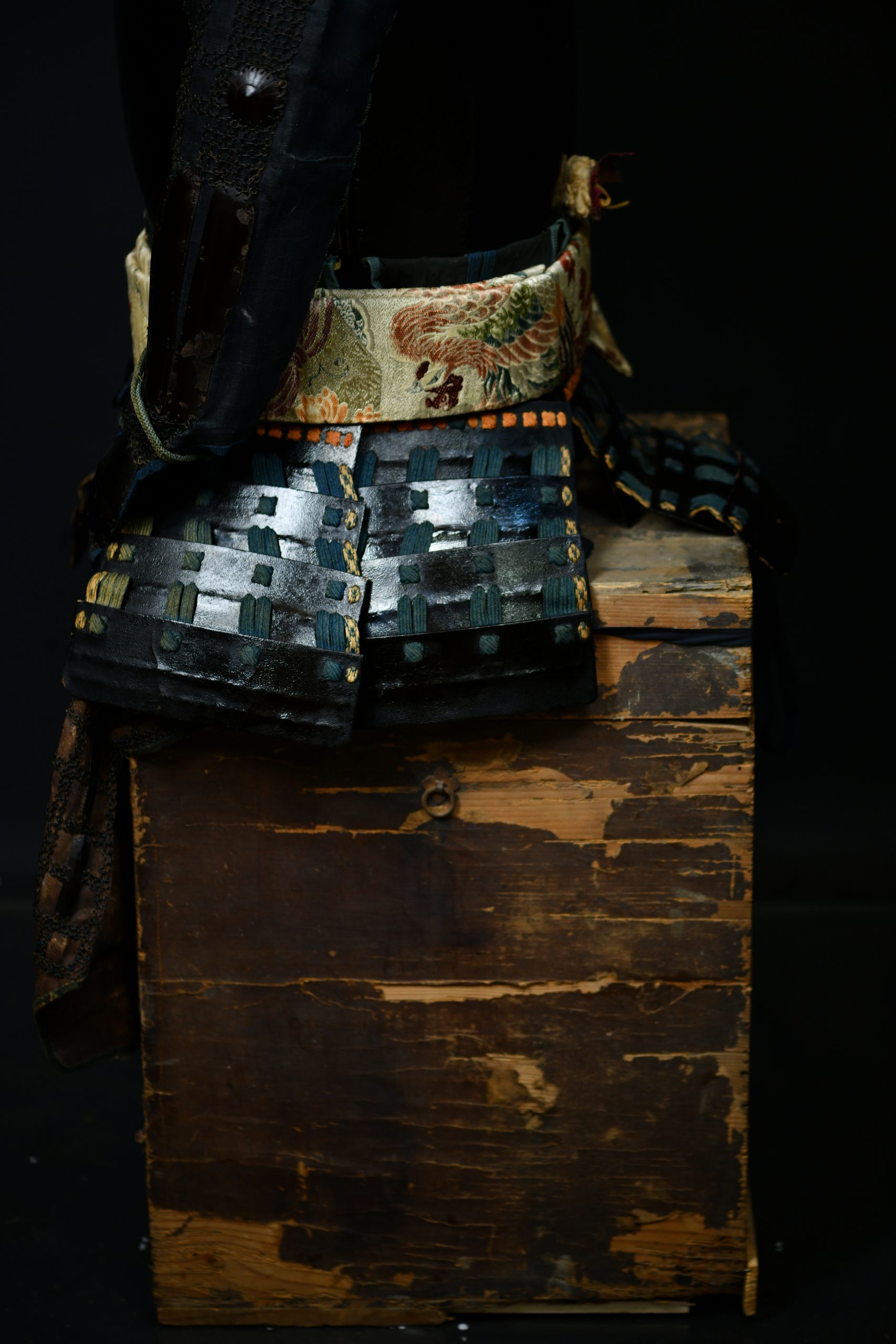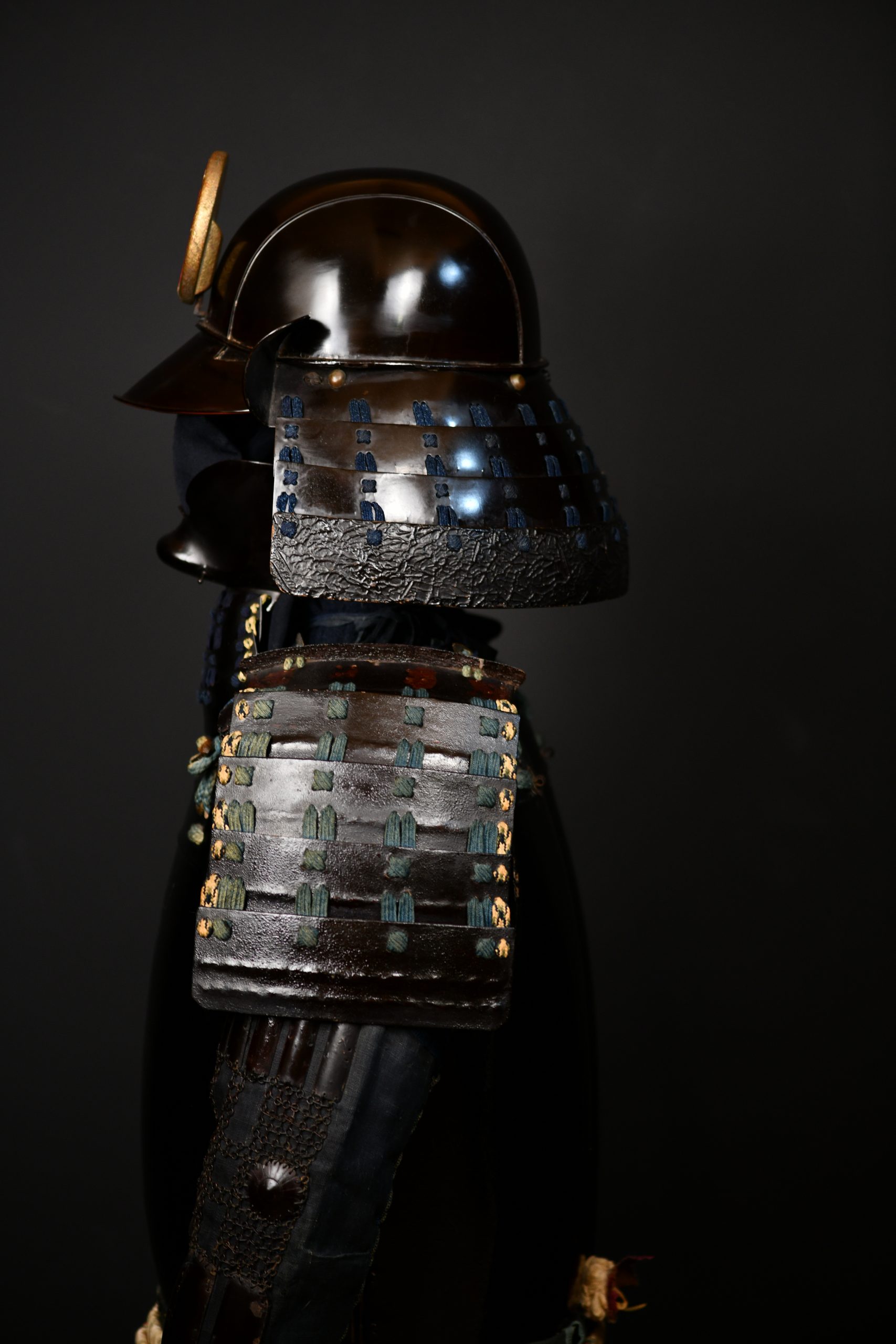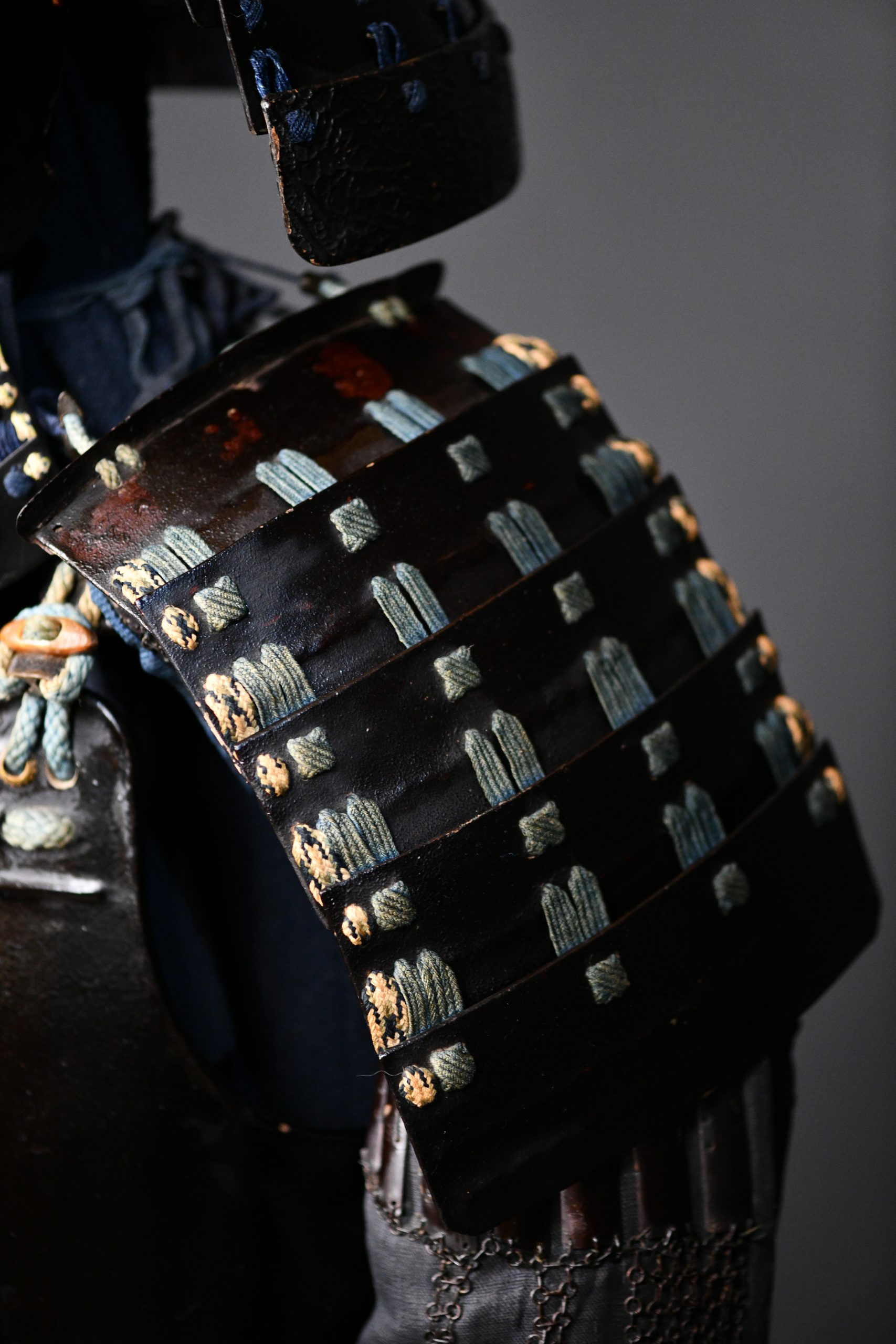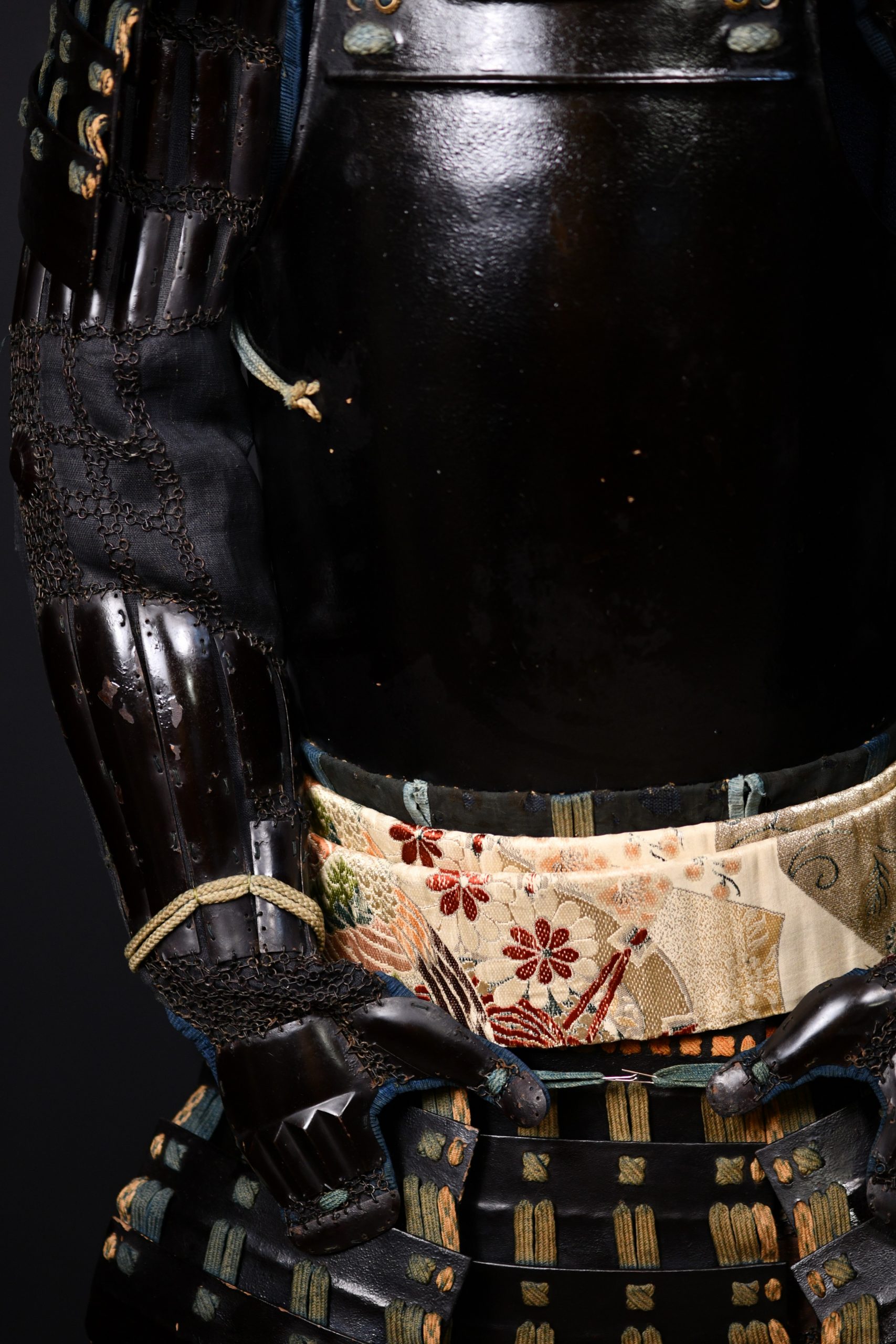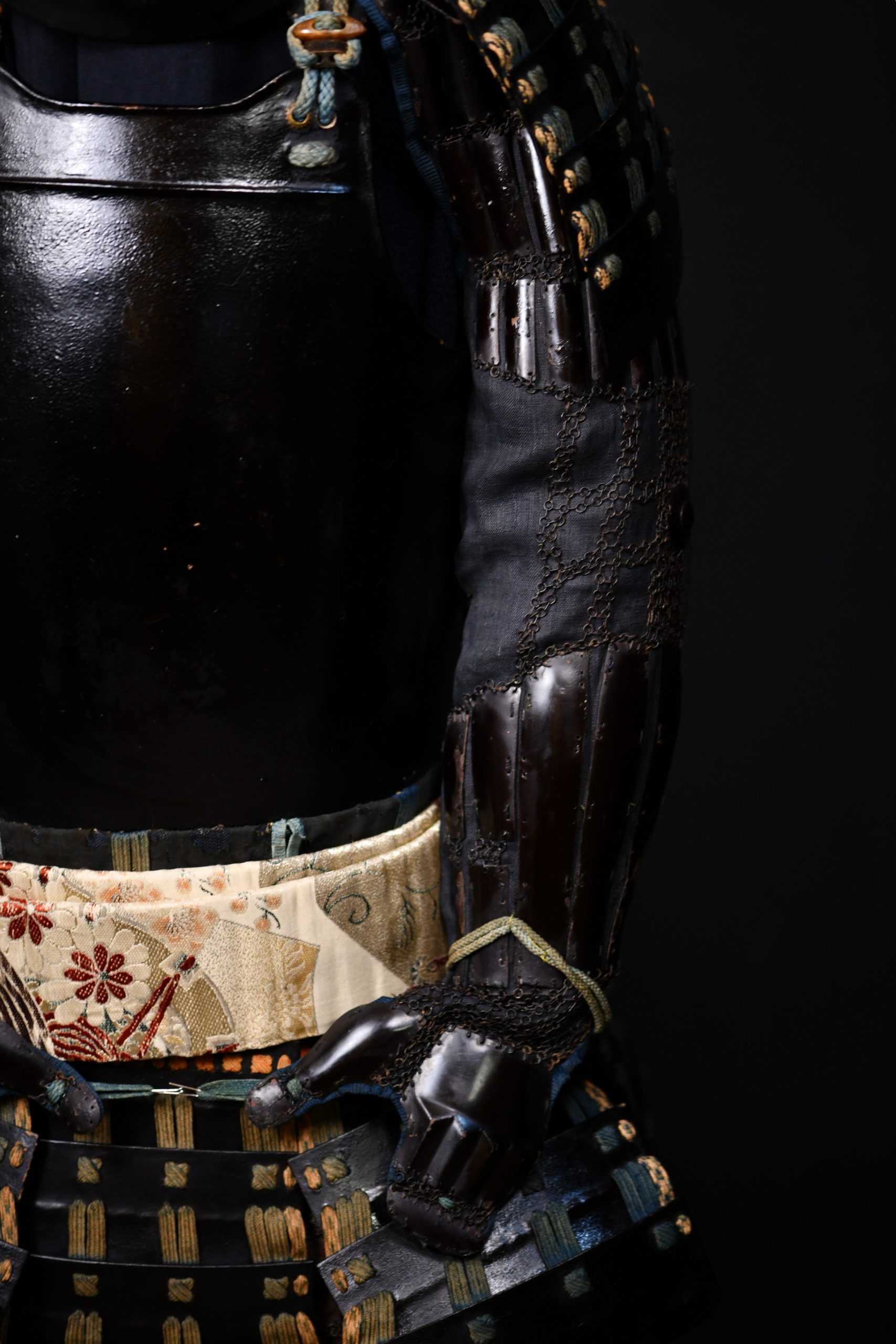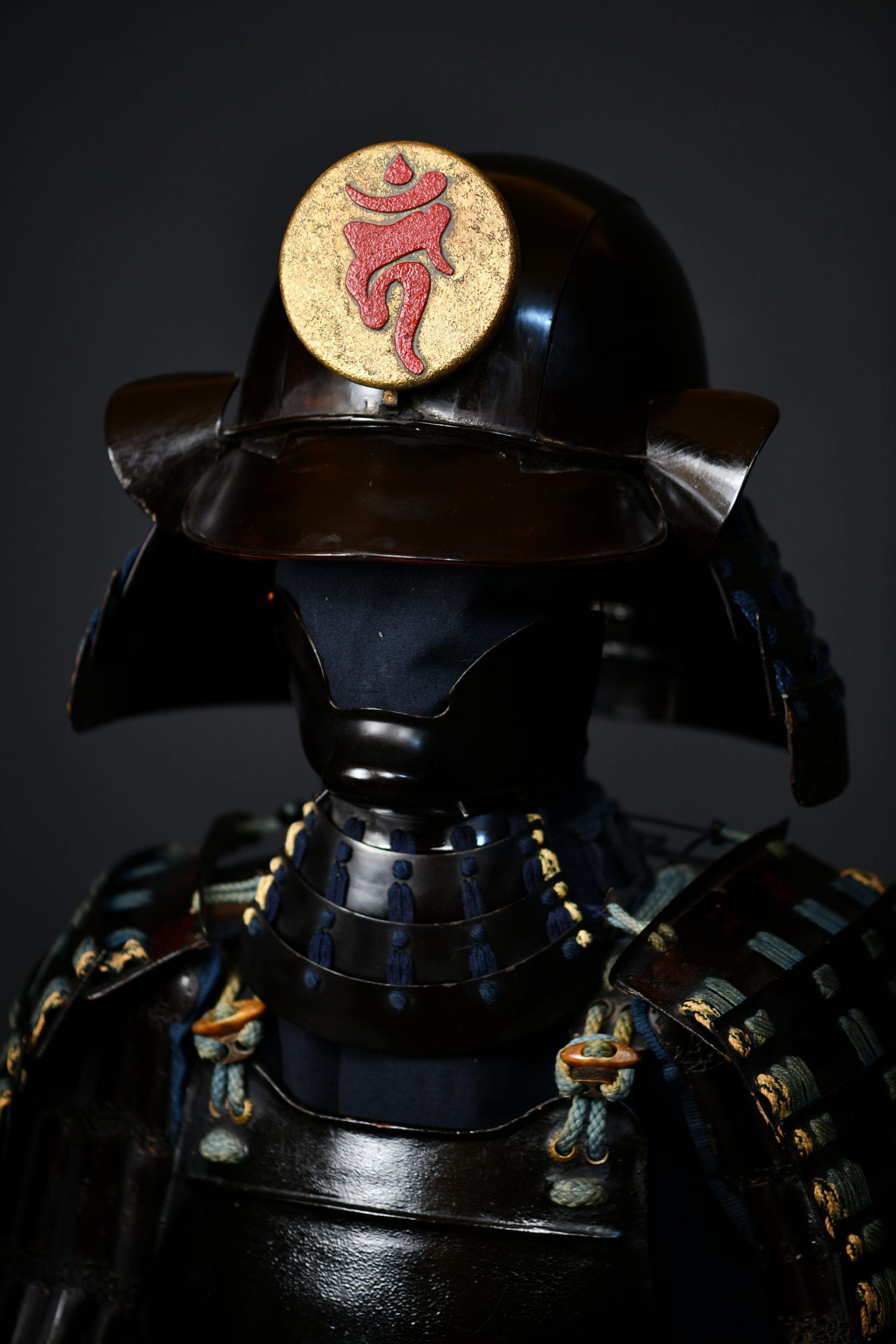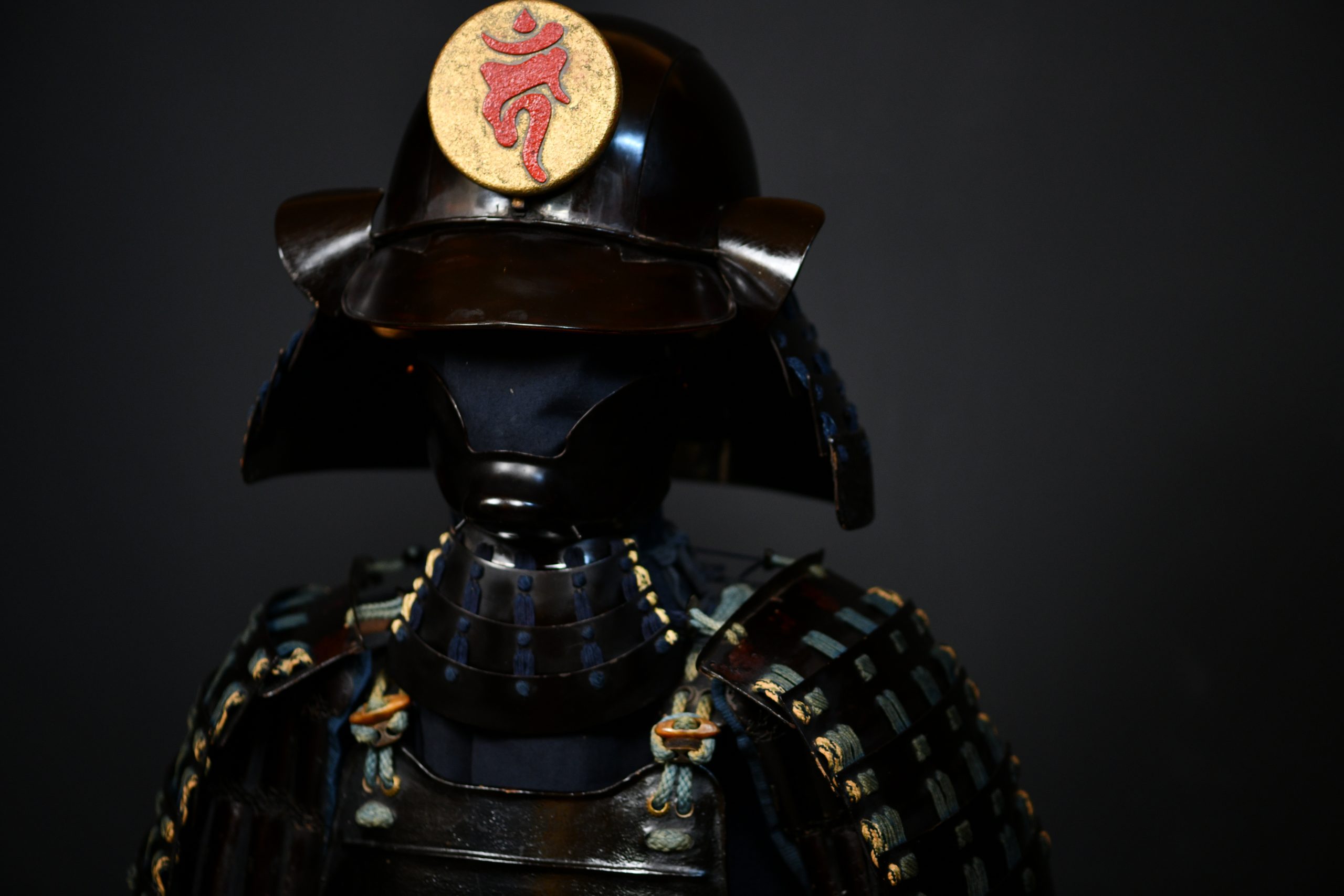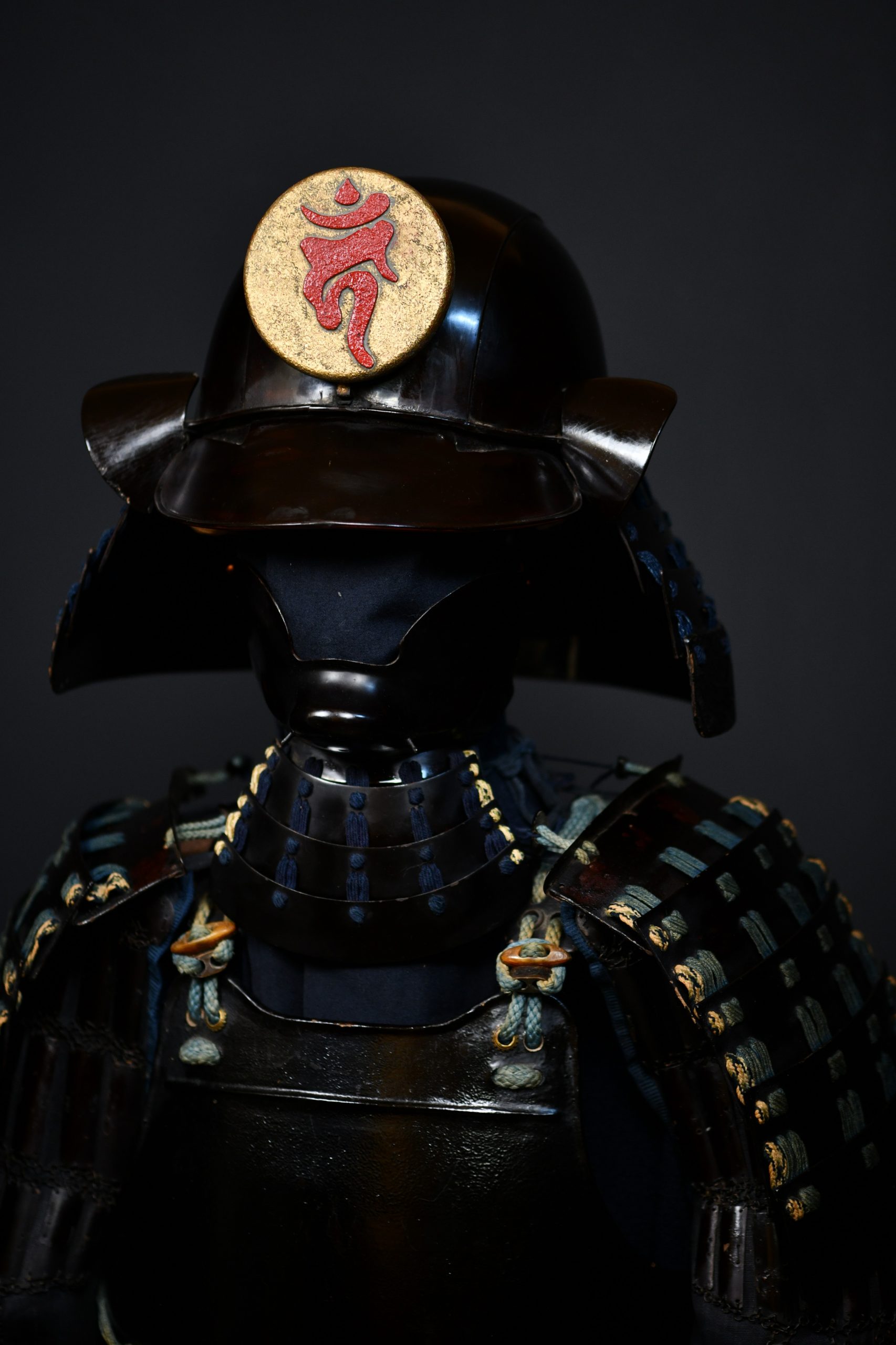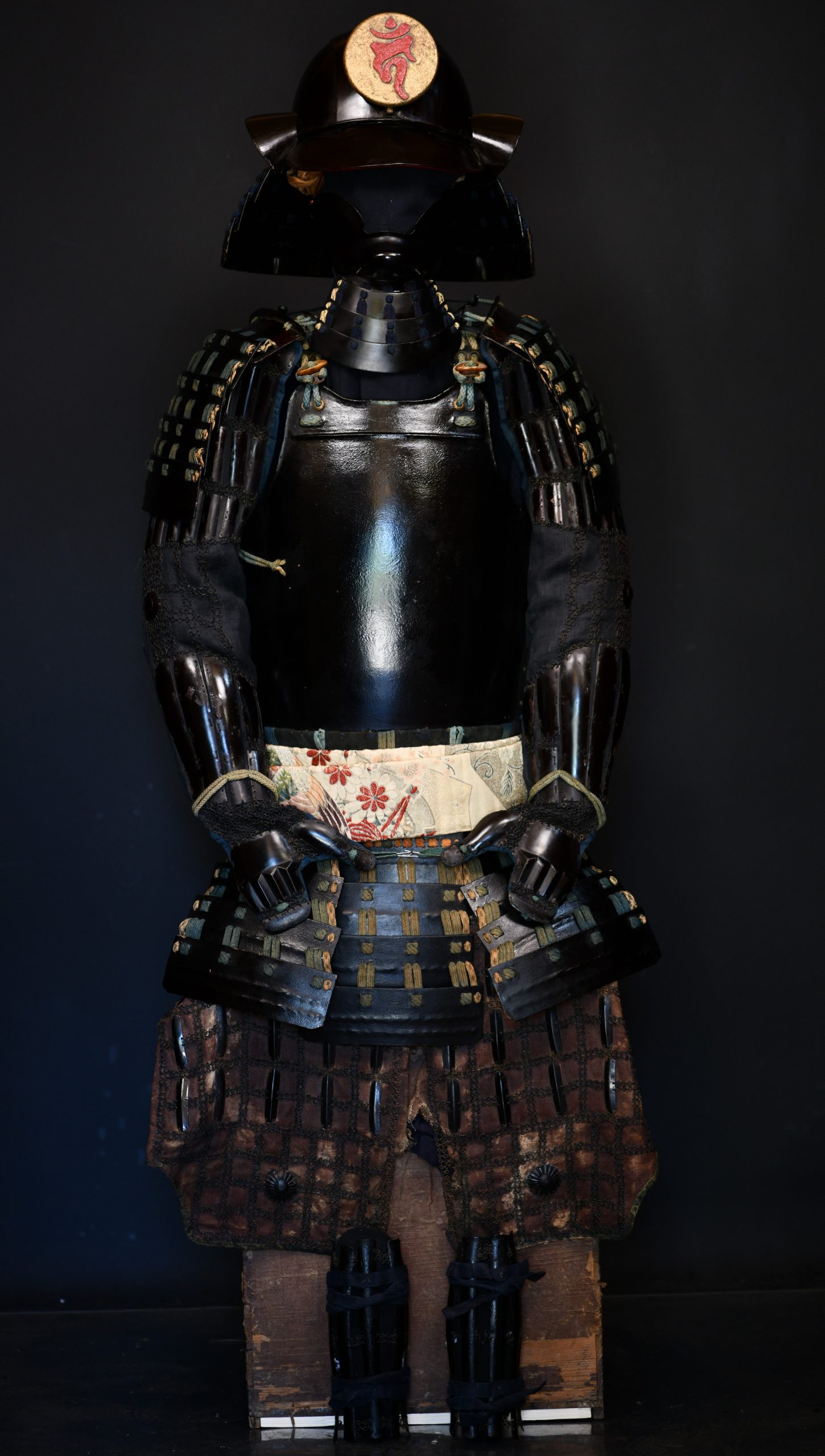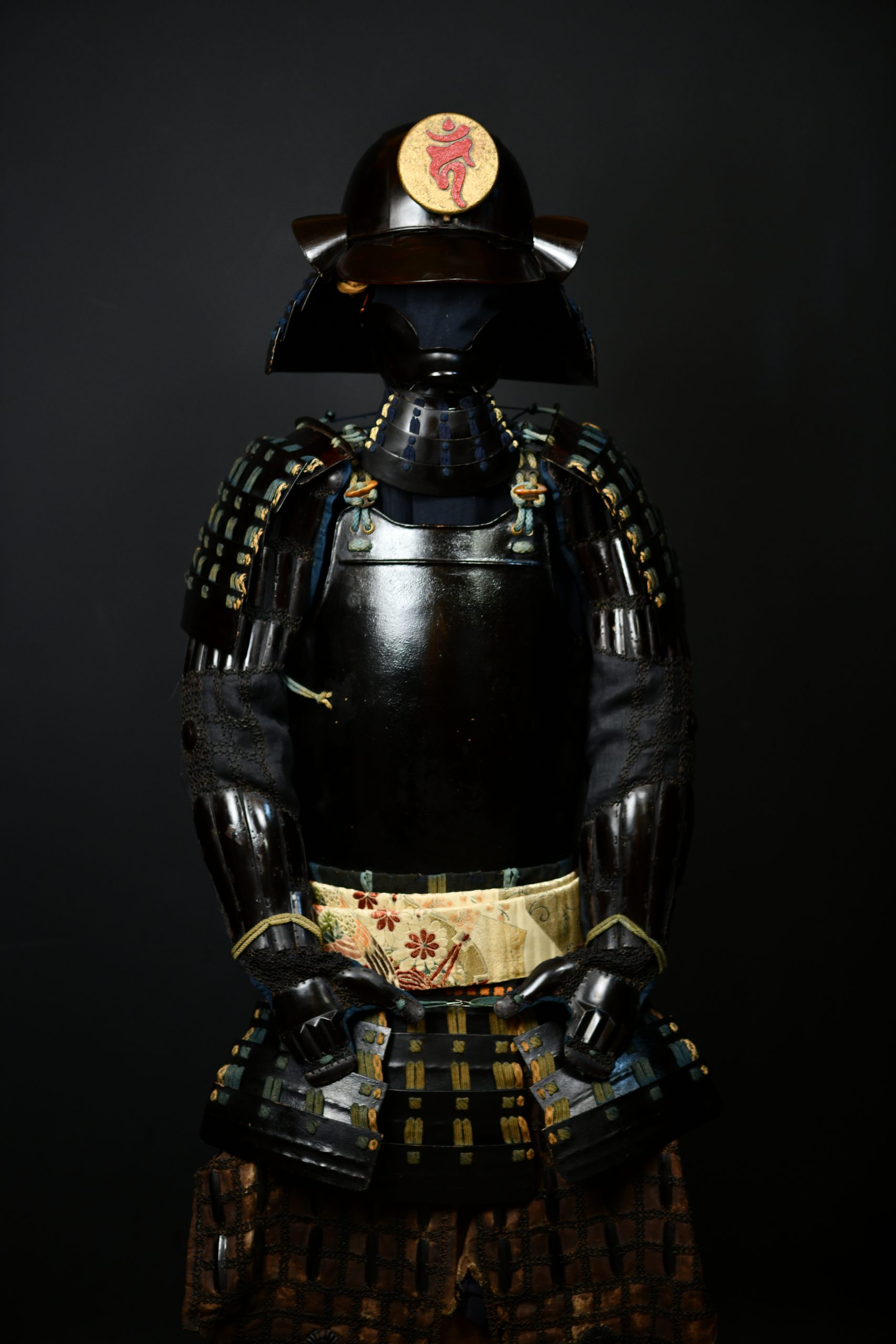Description
About US:
Our photographs are taken without retouching or photoshop to ensure that the customer can judge the reality of the object. Thanks to a constant work directly with the best collectors, museums and galleries in Japan and friendship with them, along with a profit margin much lower than the European competition we can offer objects so that many people can choose to have authentic pieces with hundreds of years at more than competitive prices. After all, samurai art is our passion and we want to share it with the world.
About The armor:
It Comes with certificate of SupeinNihonto.
ITEM:
This complete samurai armor from the Edo period is a remarkable representation of the fusion between martial functionality and refined aesthetics, as expected of a bushi warrior during the peaceful yet highly hierarchical Tokugawa era. Armor of this kind was not merely a tool of war, but a symbol of elite status—reserved exclusively for the samurai class, who alone held the right to wear such costly and complex creations. Even in their own time, armors were luxury articles, crafted by highly specialized artisans using expensive materials. To own such a piece was to affirm one’s place within the privileged military nobility.
Kabuto: Zunari kabuto (three-plate helmet) in metal and lacquer, finished in glossy black lacquer. It features a circular maedate with a golden background and a striking red glyph—possibly a stylized kanji or heraldic emblem. The shikoro (neck guard) is composed of multiple lames and laced with dark blue (kon ito) cords in vertical binding.
Mempo and Nodowa: The armor include a traditional hanpo and is equipped with a yodare-kake throat guard, lacquered to match the kabuto and bound with deep blue silk cords.
Dō: Okegawa dō (horizontal lamellar cuirass), featuring an unusual but authentic choice of material—carefully lacquered wood instead of iron. This construction is historically documented in armors meant for ceremonial or representative purposes. Far from a flaw, the use of wood provided lightness while still allowing excellent hardness, lacquer adhesion and water resistance. Similar examples exist in collections such as the University of Tokyo Museum and among ceremonial armors attributed to the Hosokawa clan. The decorative brocade obi with floral and crane motifs supports the beauty of simply.
Sode: Large articulated shoulder guards, lacquered black and laced with alternating pale blue, green, and gold cords. Surface wear enhances authenticity.
Kote: Armored sleeves incorporating chain mail (kusari) and lacquered iron plates over dark fabric. Excellent preservation, with original stitching and bindings evident.
Haidate: Thigh guards composed of iron mesh and square lacquered plates in a reticulated pattern. Brass chrysanthemum-like emblems are fixed with rivets.
Suneate: Not clearly visible in the images, but appear to follow the classical shin-guard design, with lacquered front plates and dark blue textile padding.
Box: Original wooden storage box, visibly worn. The patina and wear enhance its documentary value.
Includes its antique box for transport and exhibition and a stand to assemble the armor.
An authentic samurai armor that will be the central focus of any room where it is placed and that will delight any fan of Japanese art. A great stylish piece that will impress anywhere.As is normal in a suit of armor with so much history, which was undoubtedly used for combat and is not a mere reproduction of the 20th century, it has some superficial scratches, surface damage and chips that show that it had a long life of combat and retains an authentic and precious historical value worthy of a museum. This exclusive piece is making it an incredible opportunity for any collector of Japanese, war or simply historical art to get their hands on a piece that will attract attention wherever it is displayed, from offices, to private homes, offices or restaurants and will give a regal look to any place. The armour has gilded details that show the quality of the piece. The incredible workmanship accentuates such ornate pieces as the kabuto, the mempo and the Do. The stand to assemble it and the box are included. This armour is sure to delight any collector of Asian art and will be the focal point of any visitor’s home, shop or office. There is a very ancient object and there are damaged by time and tears. Due to the delicacy of continuous assembly and disassembly, returns are not allowed on old armor.
